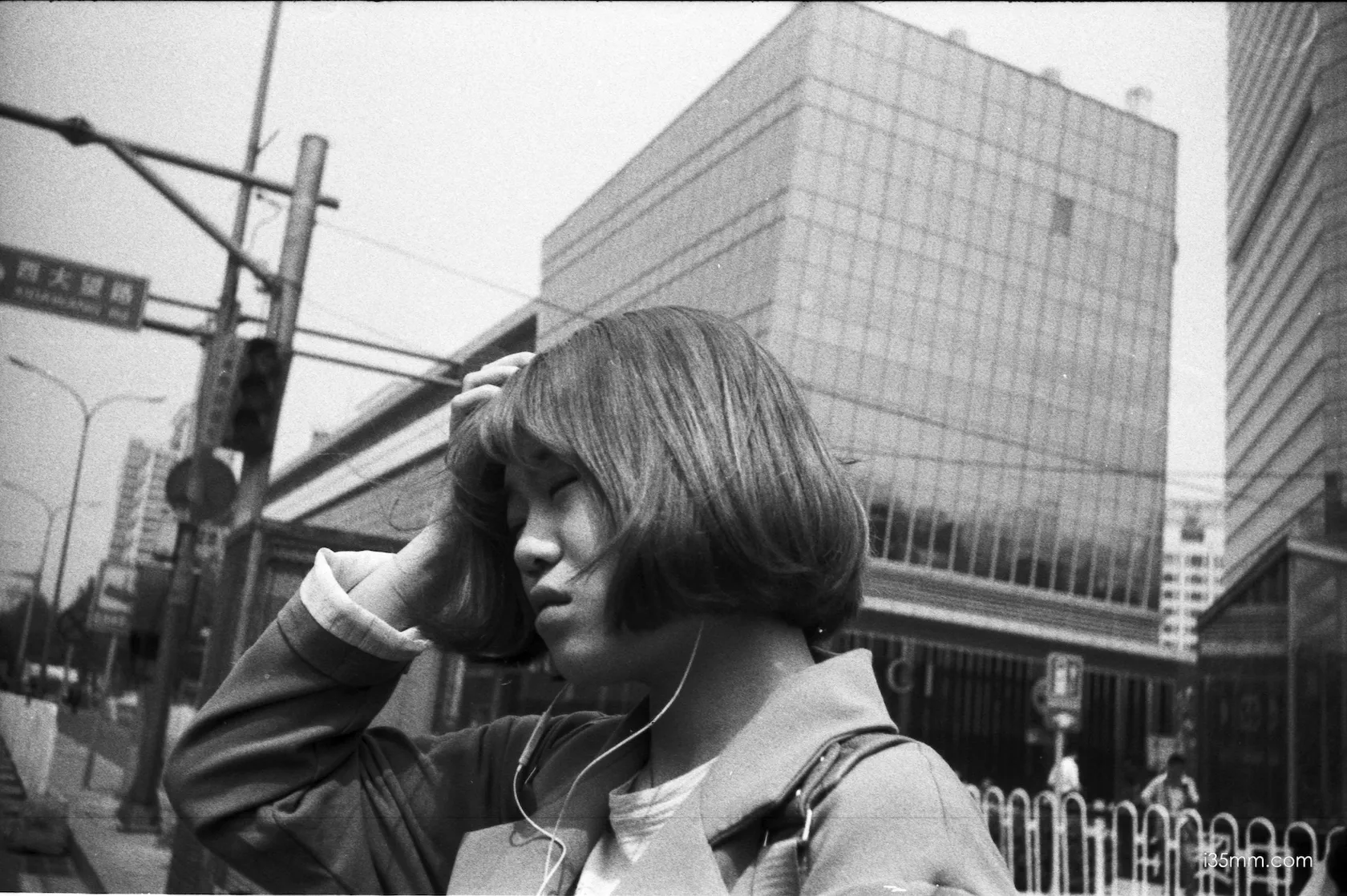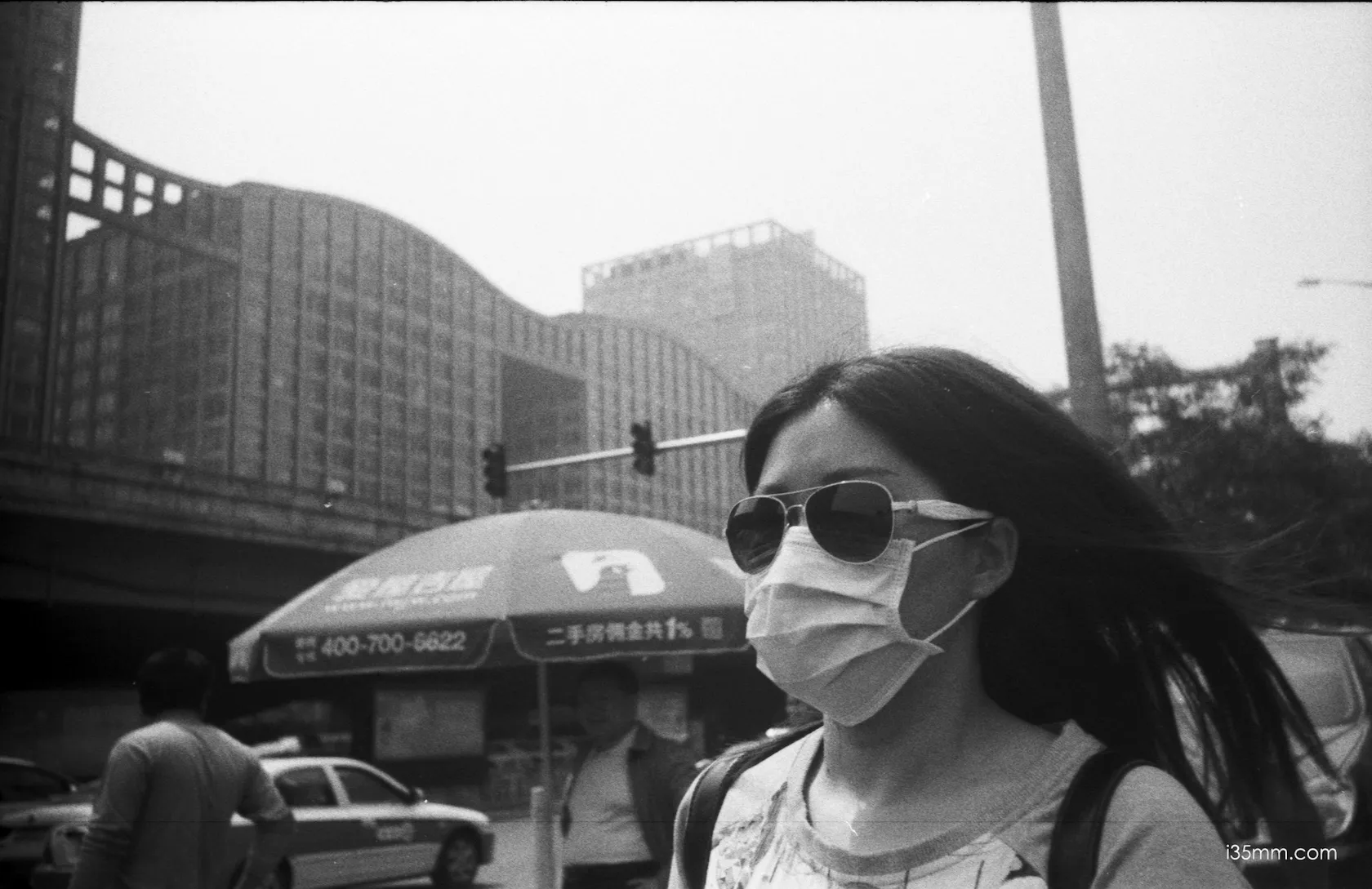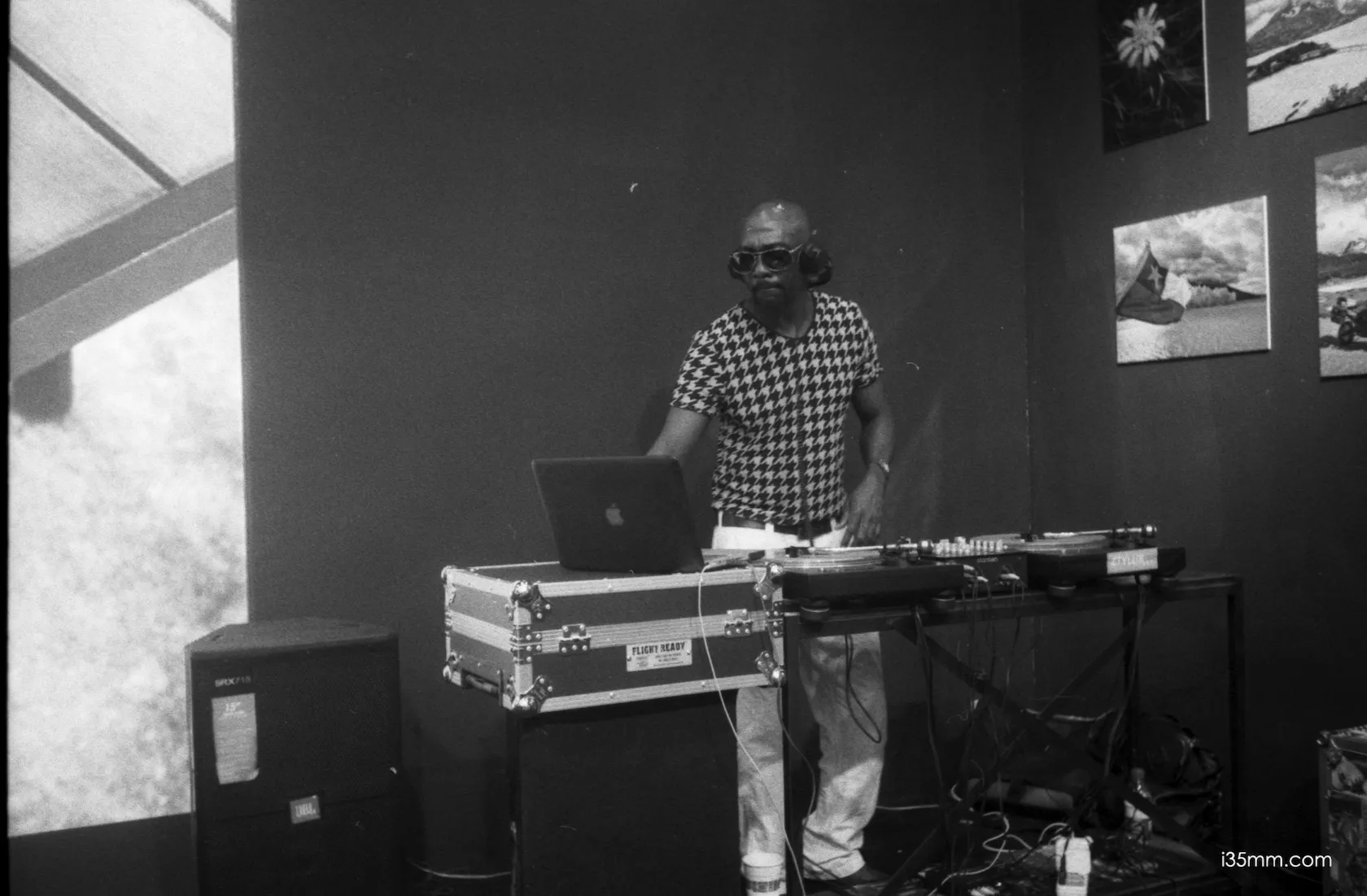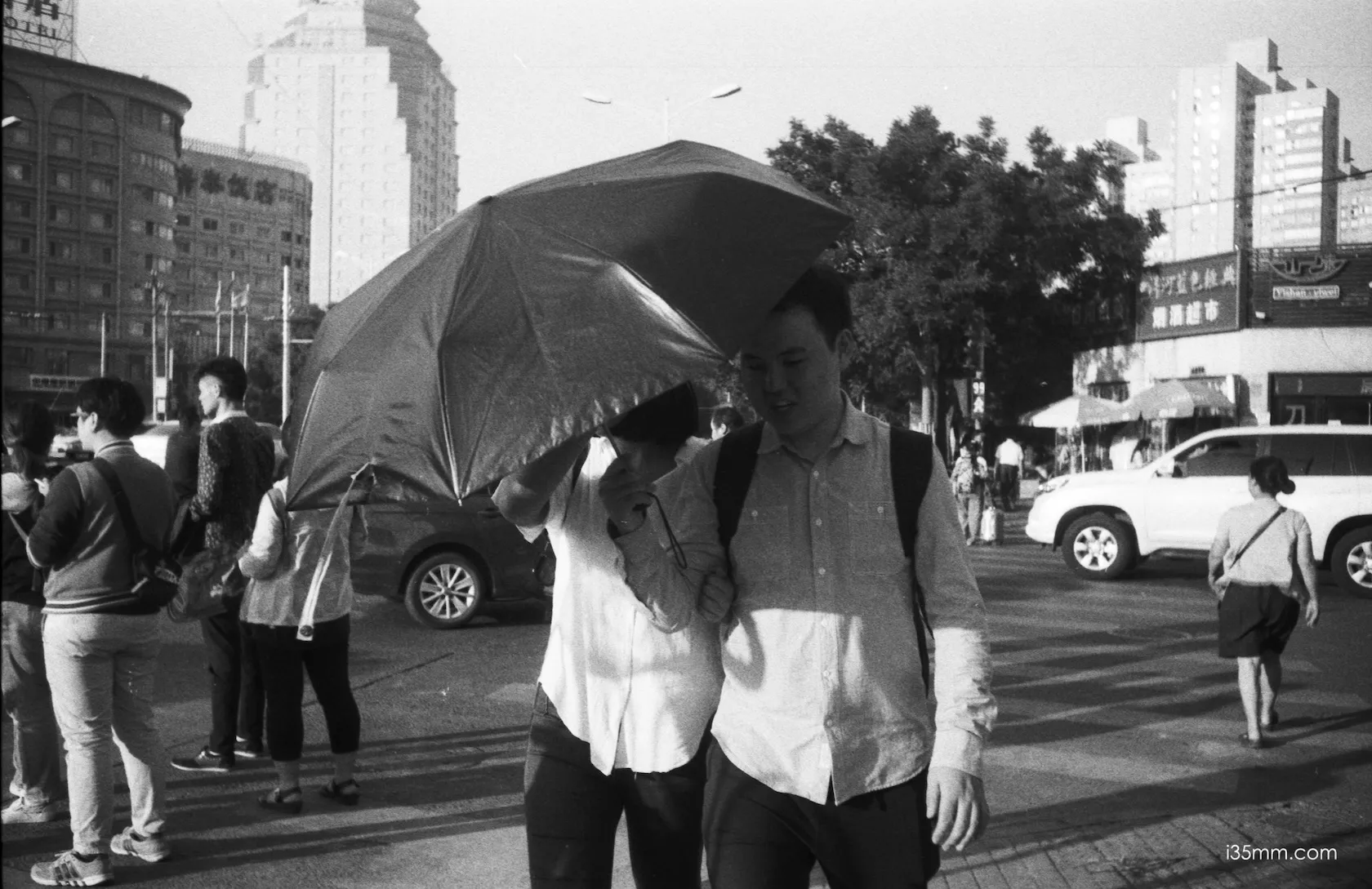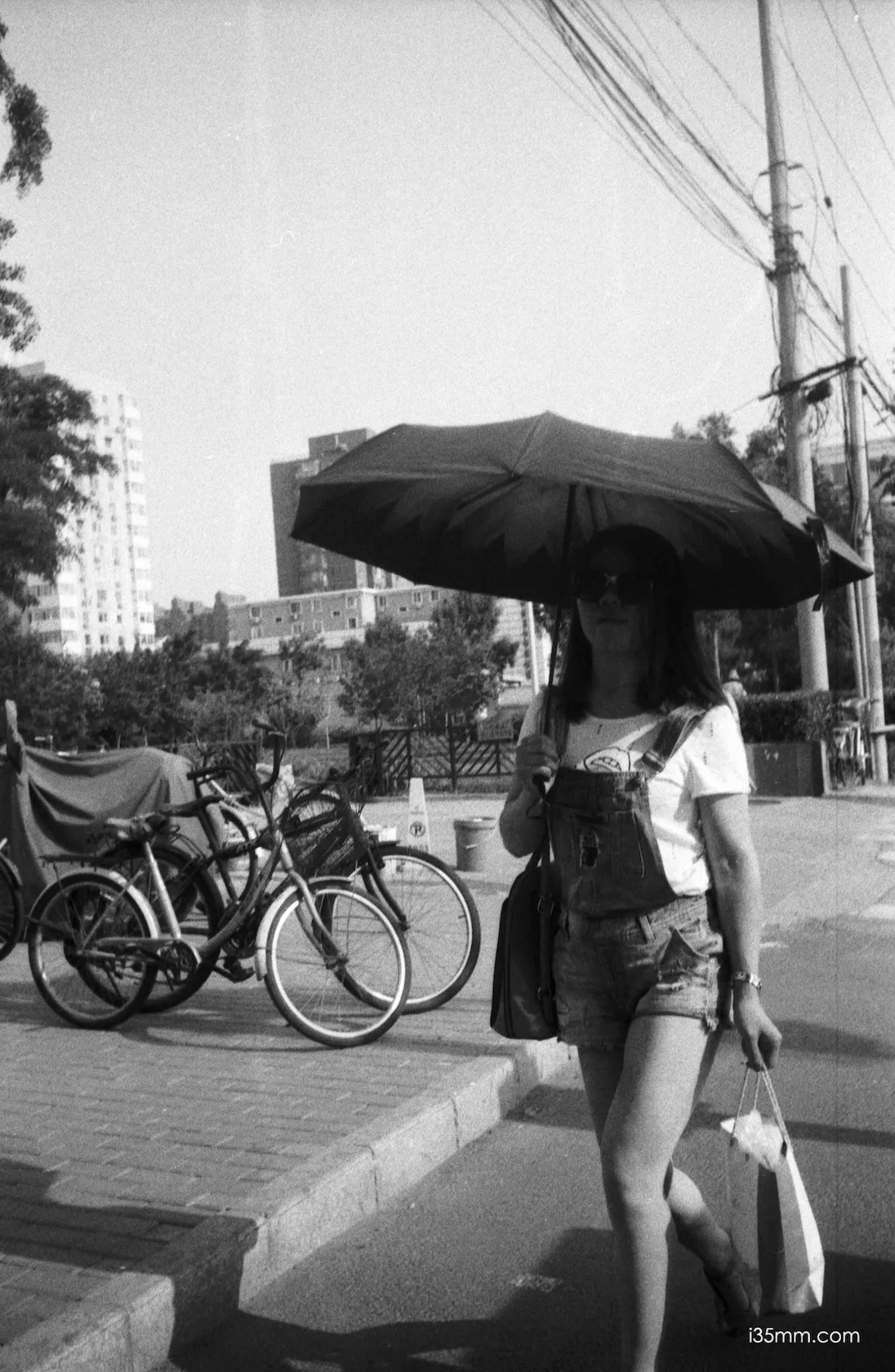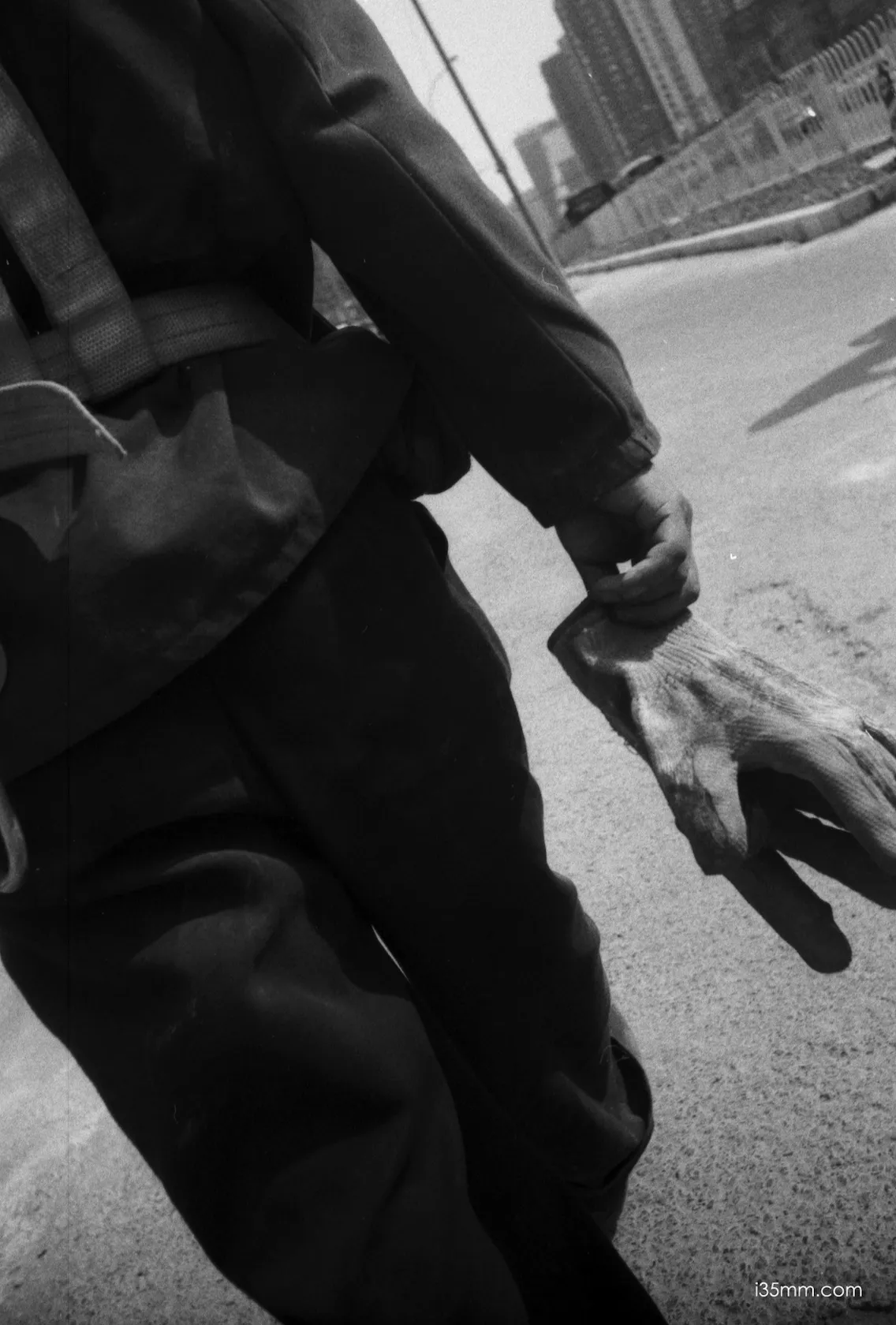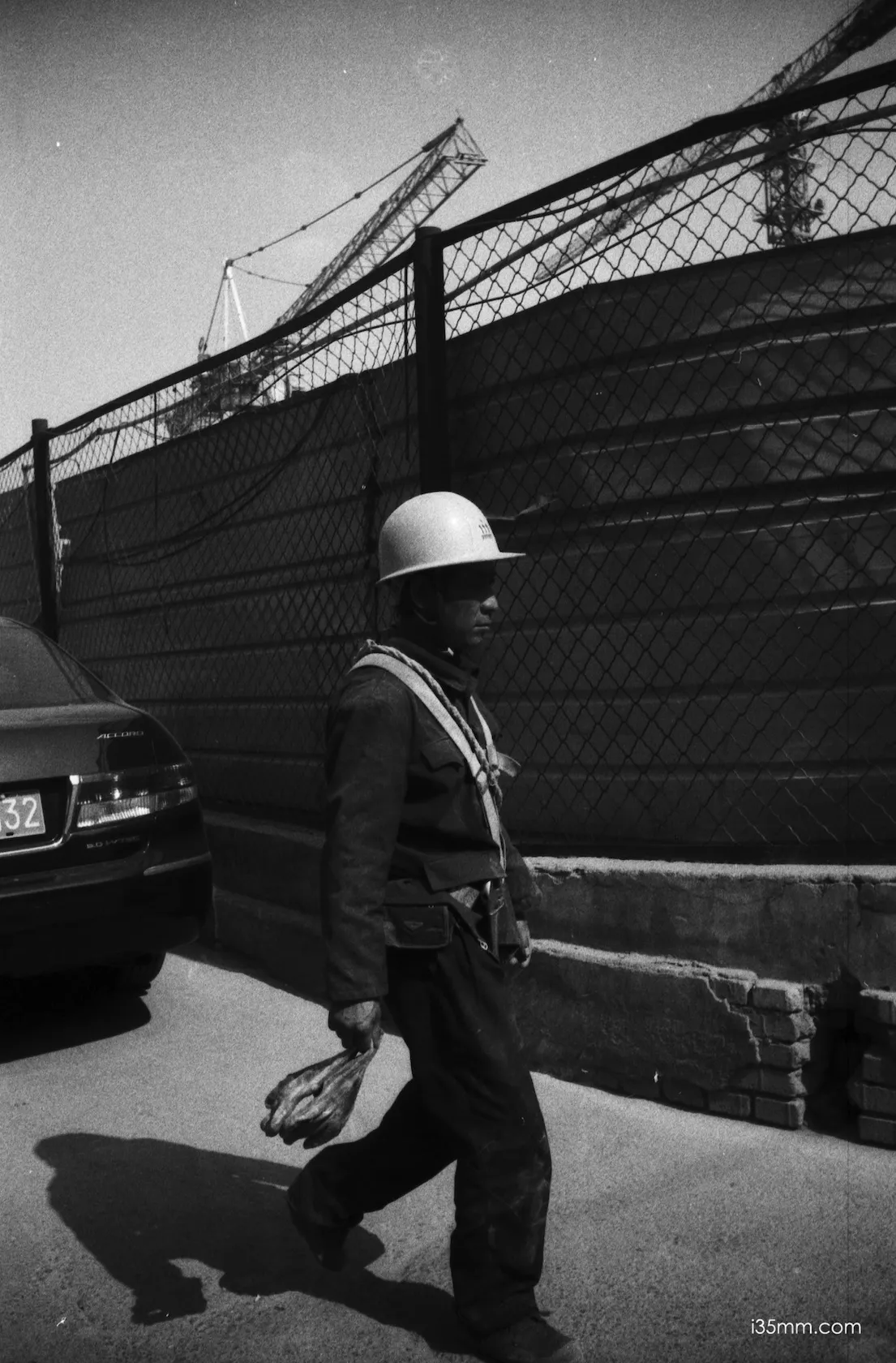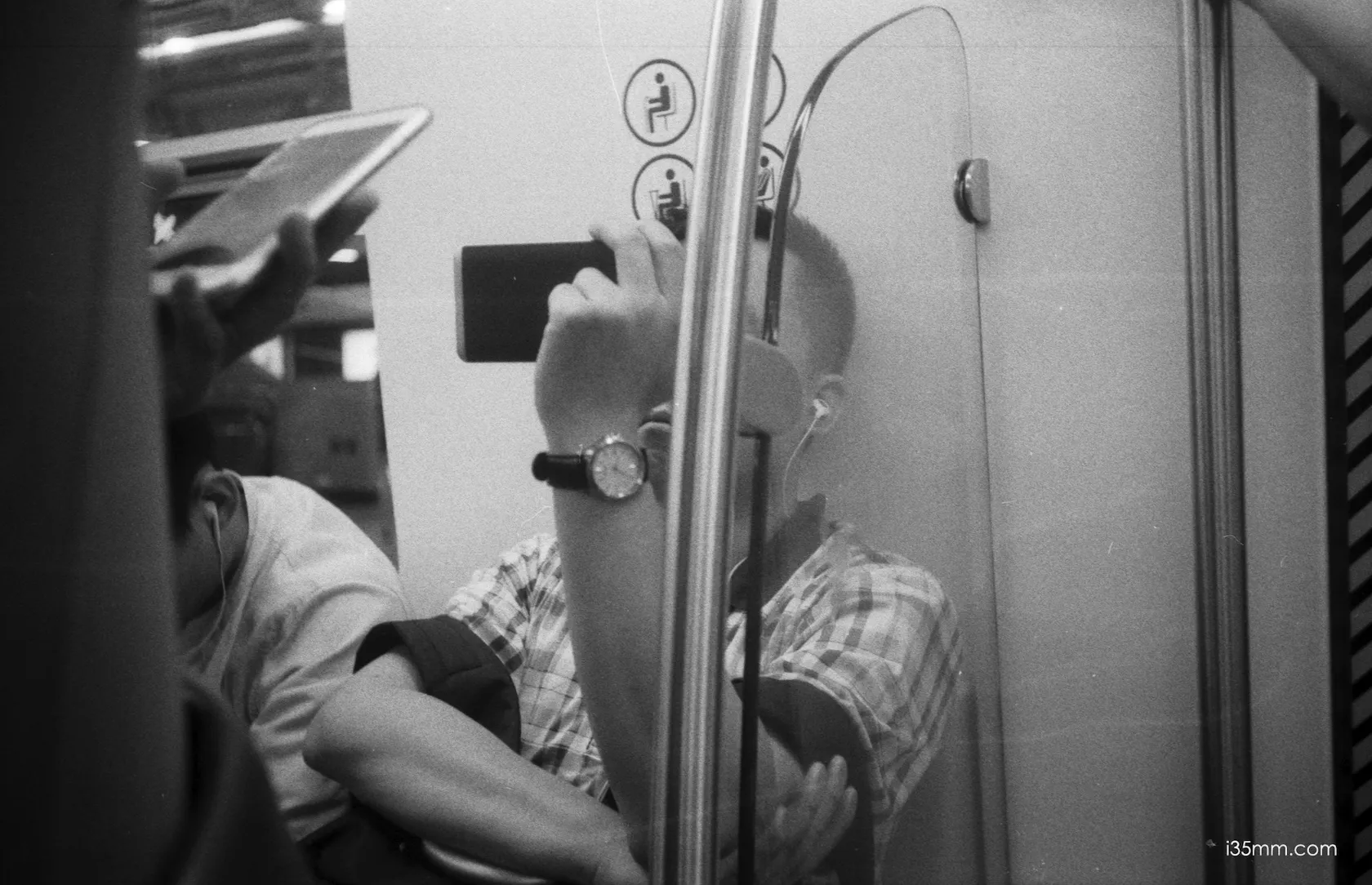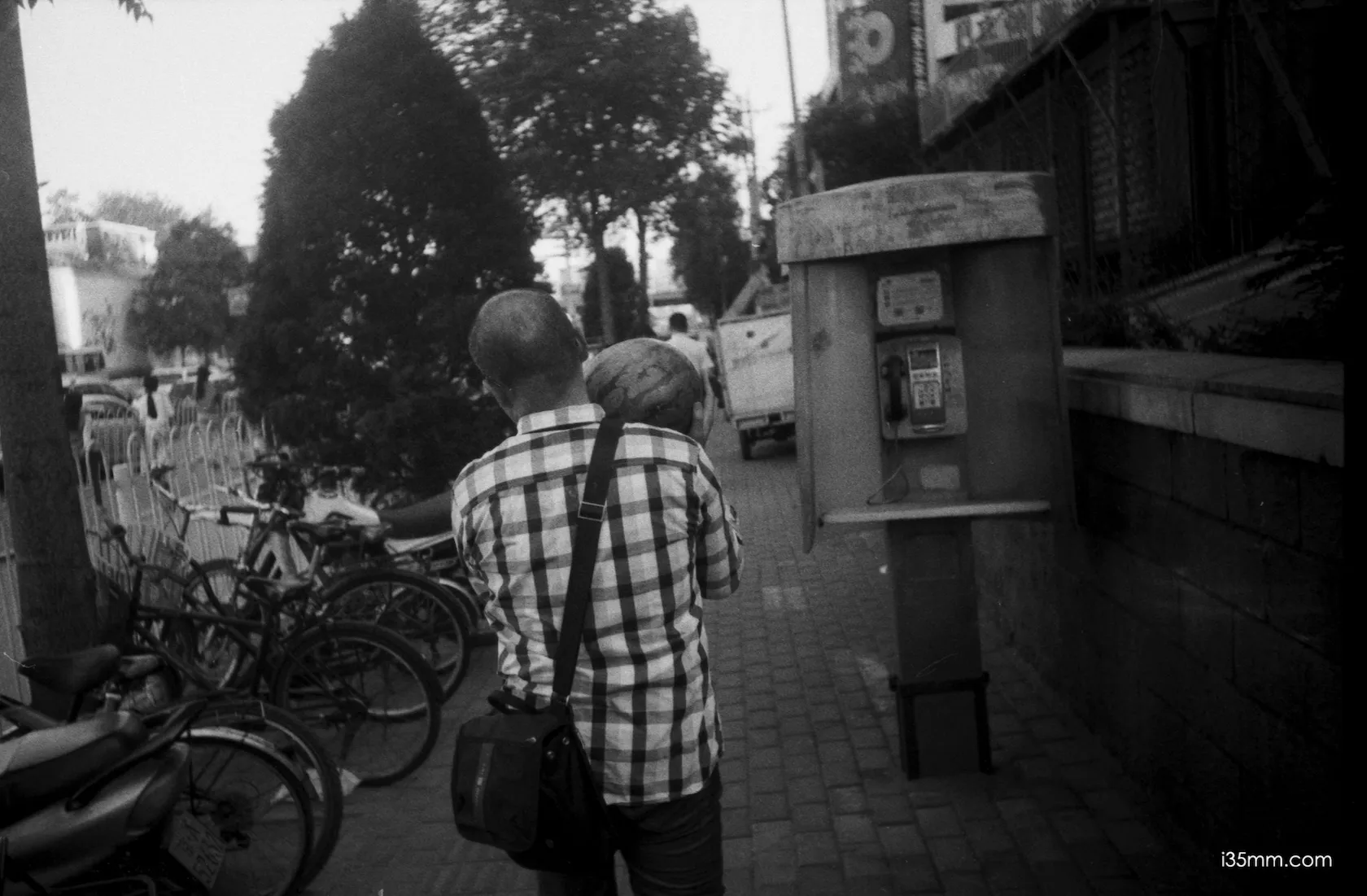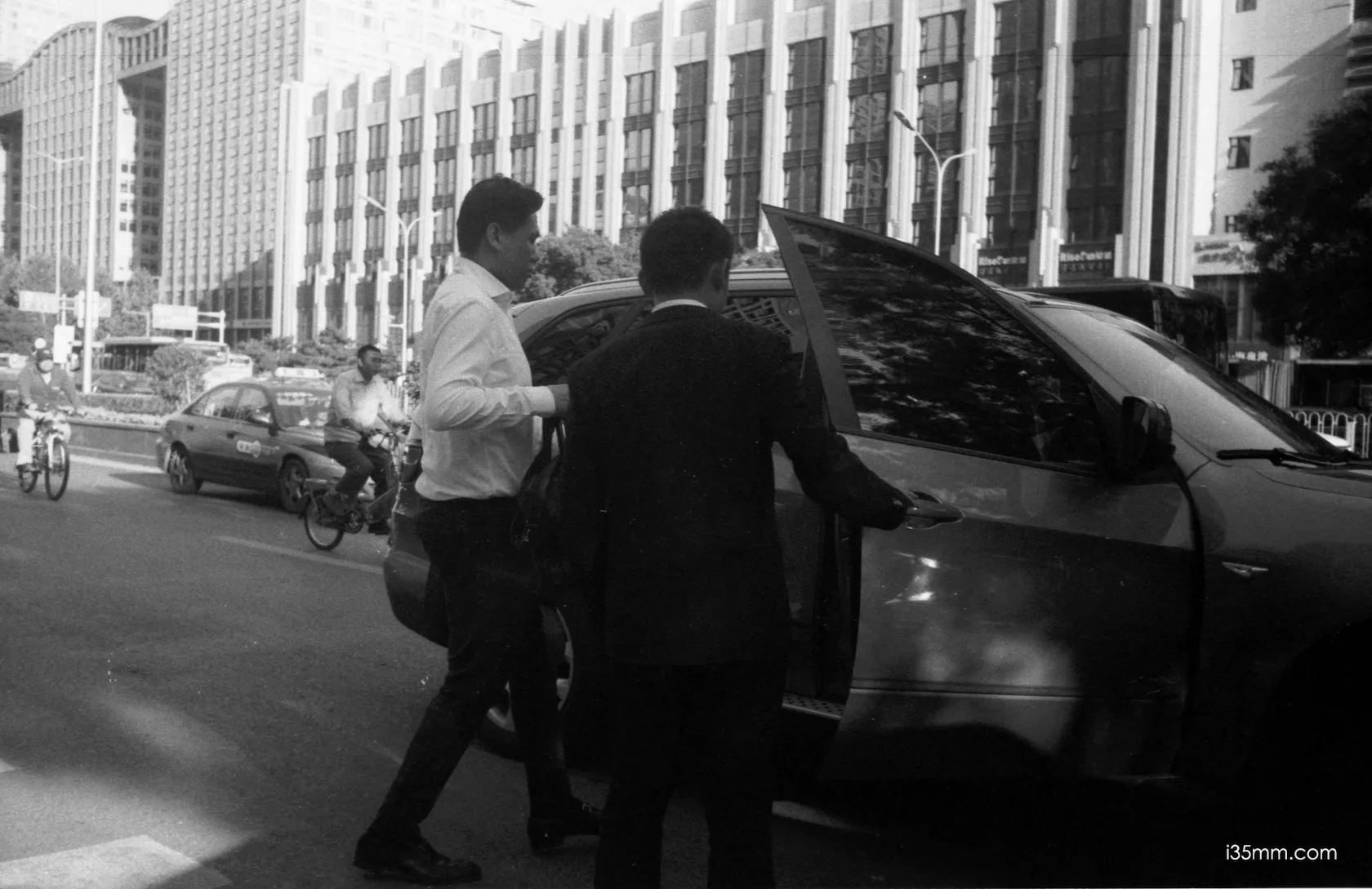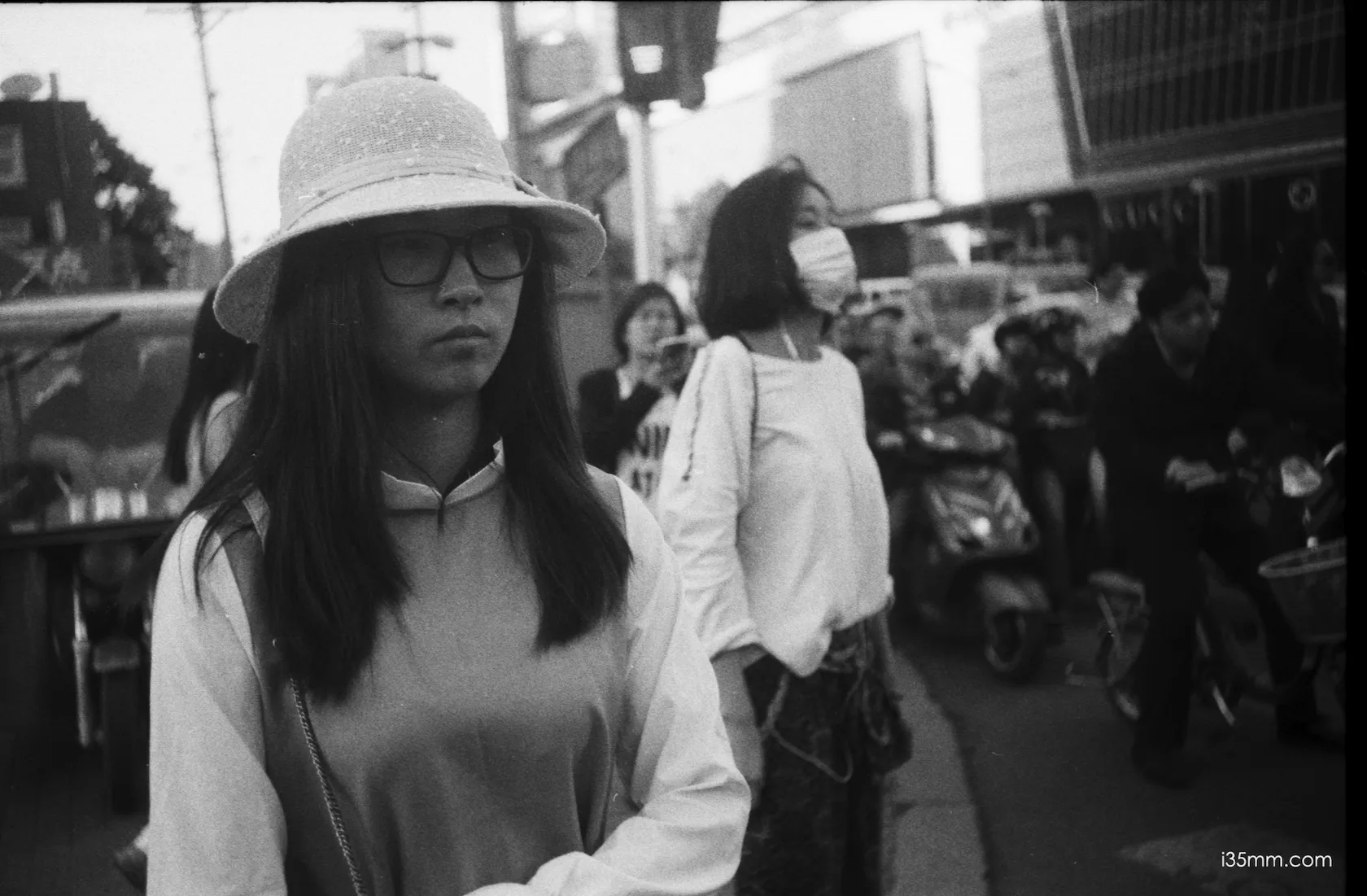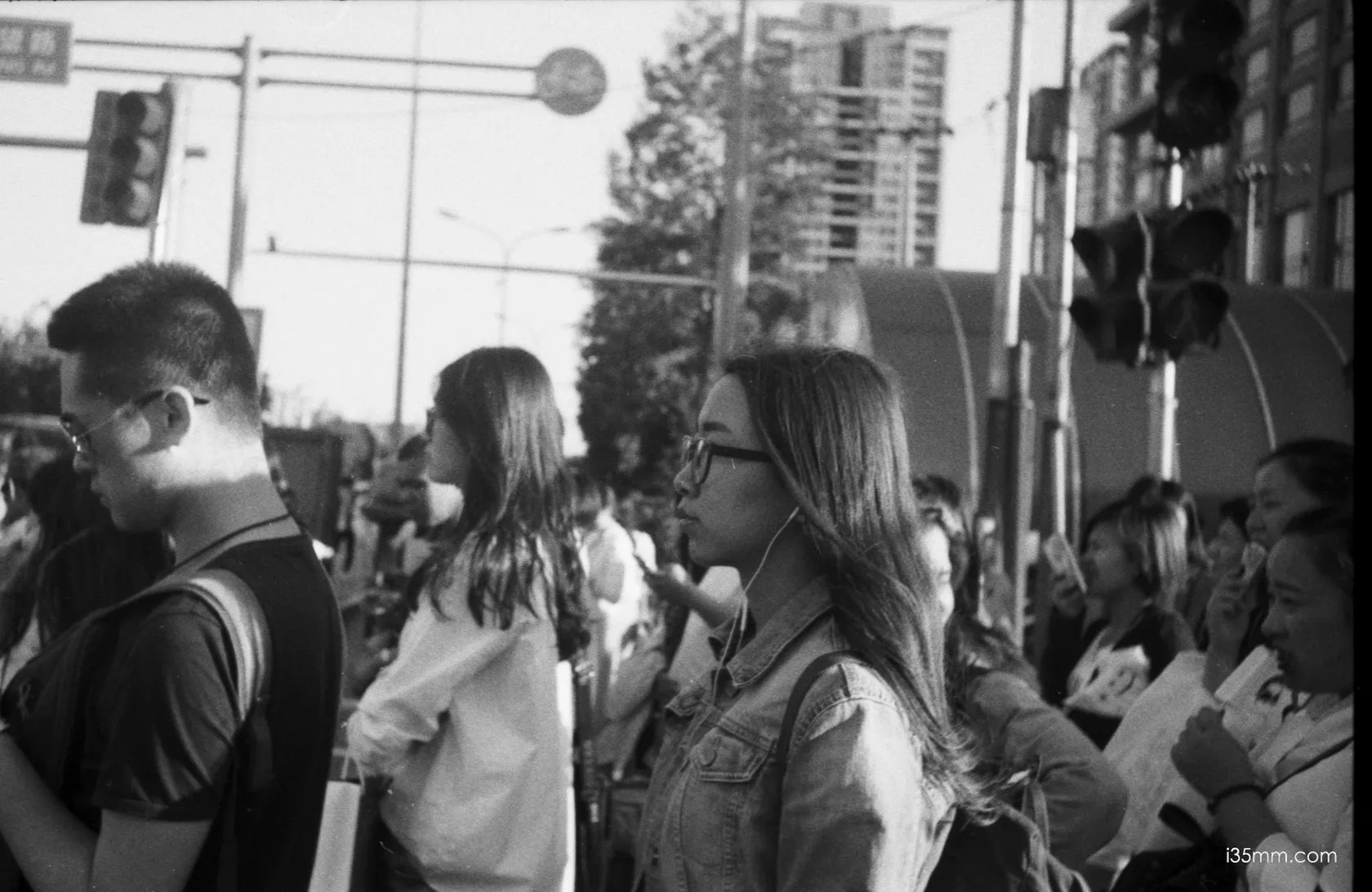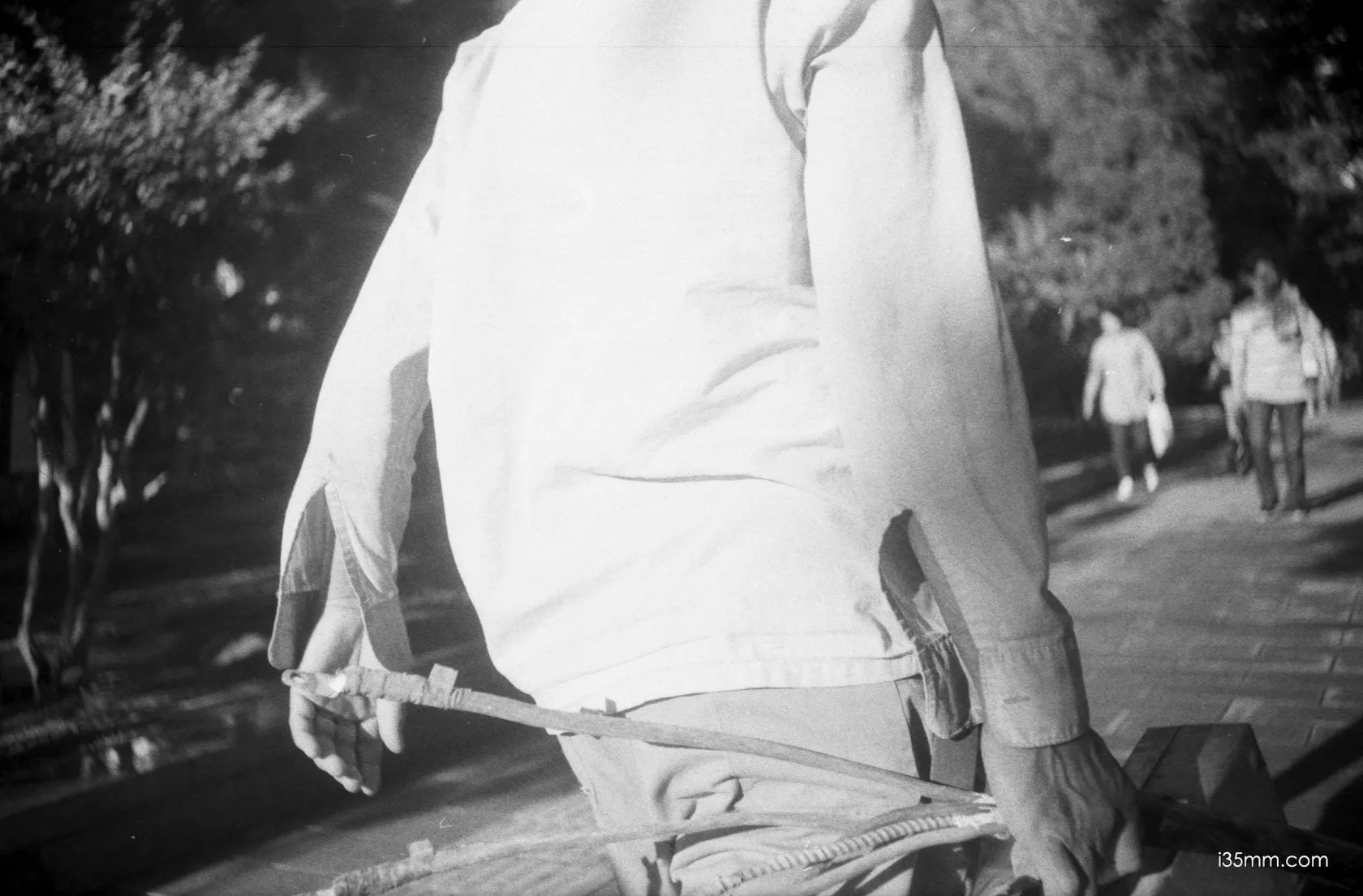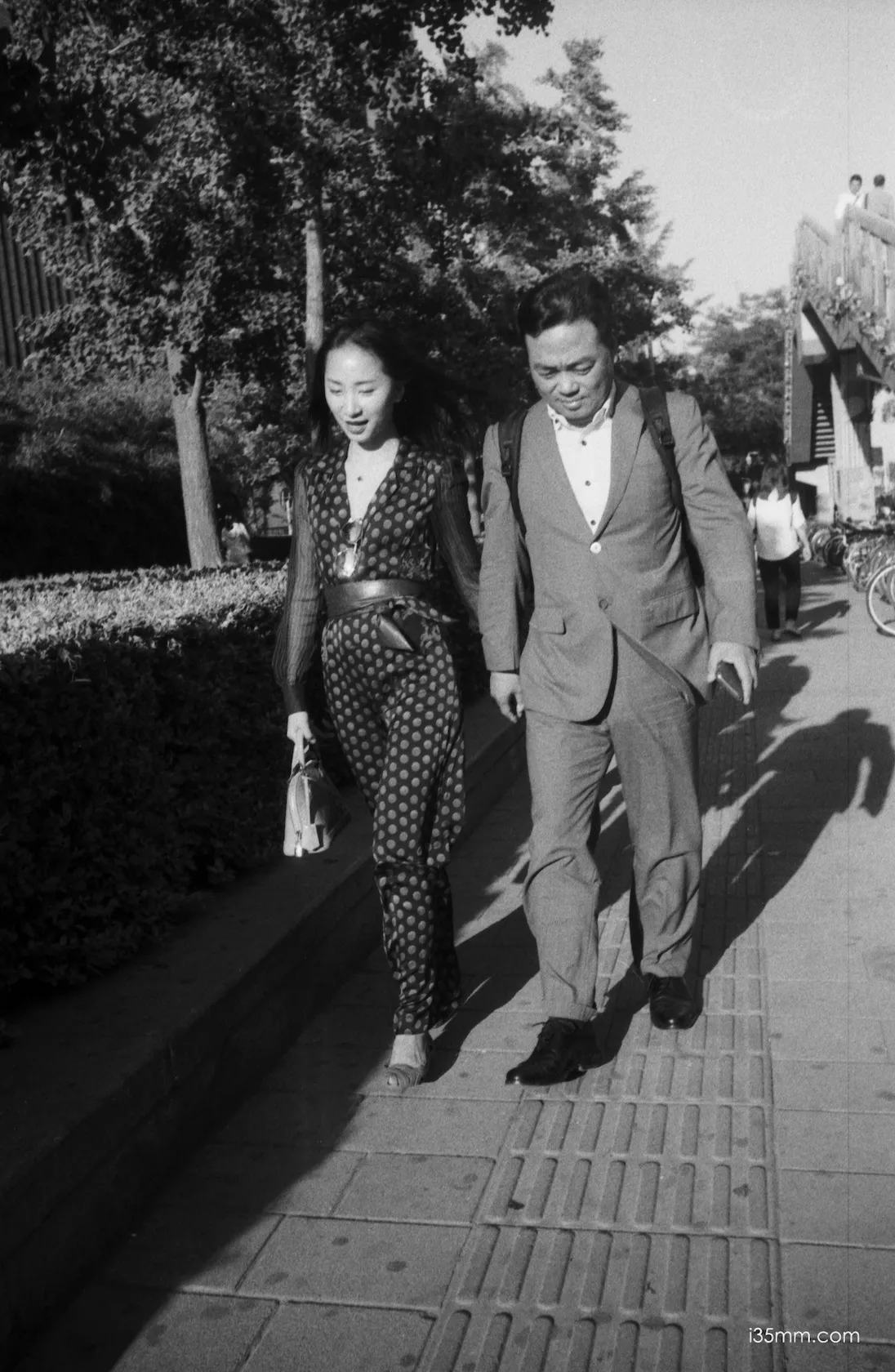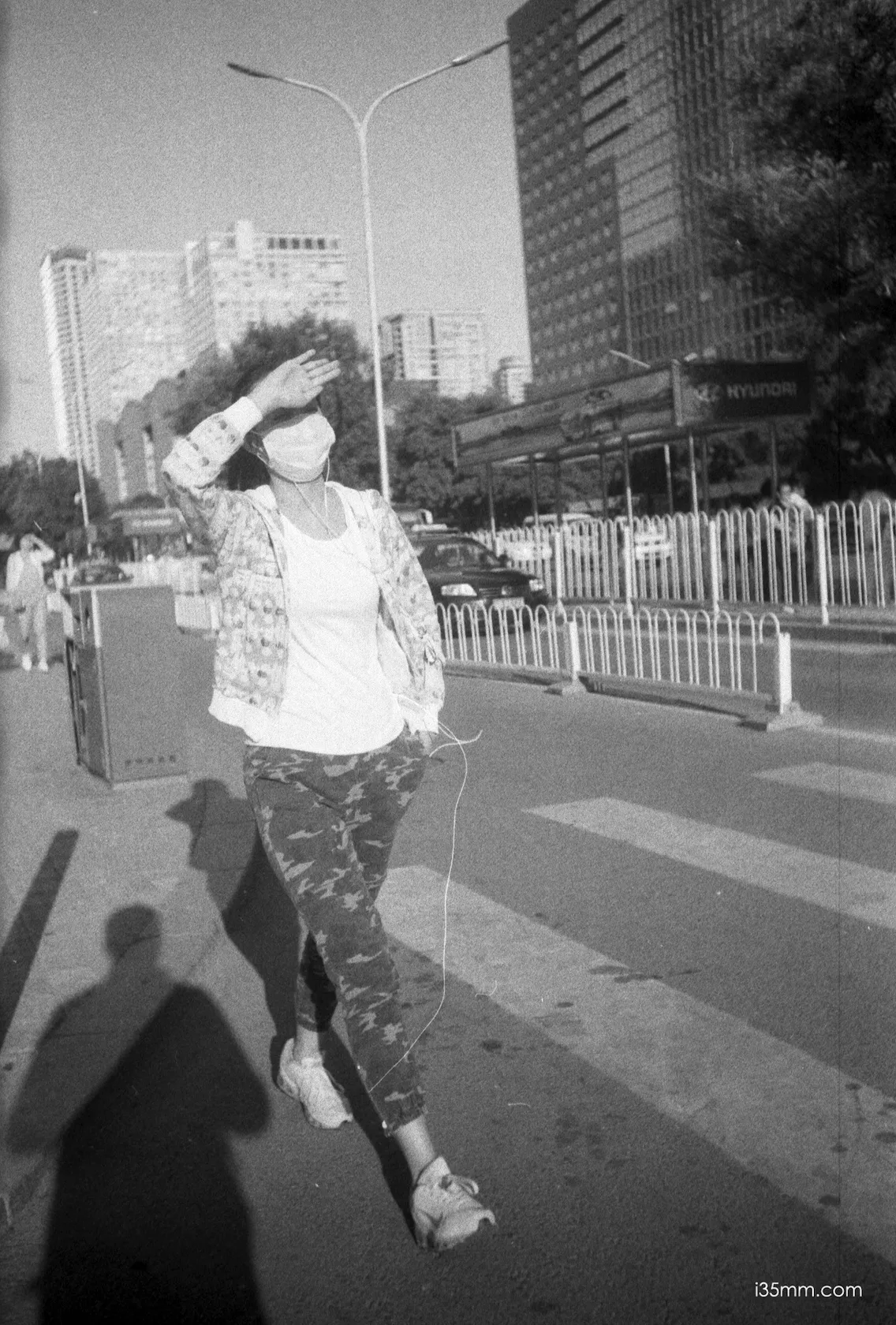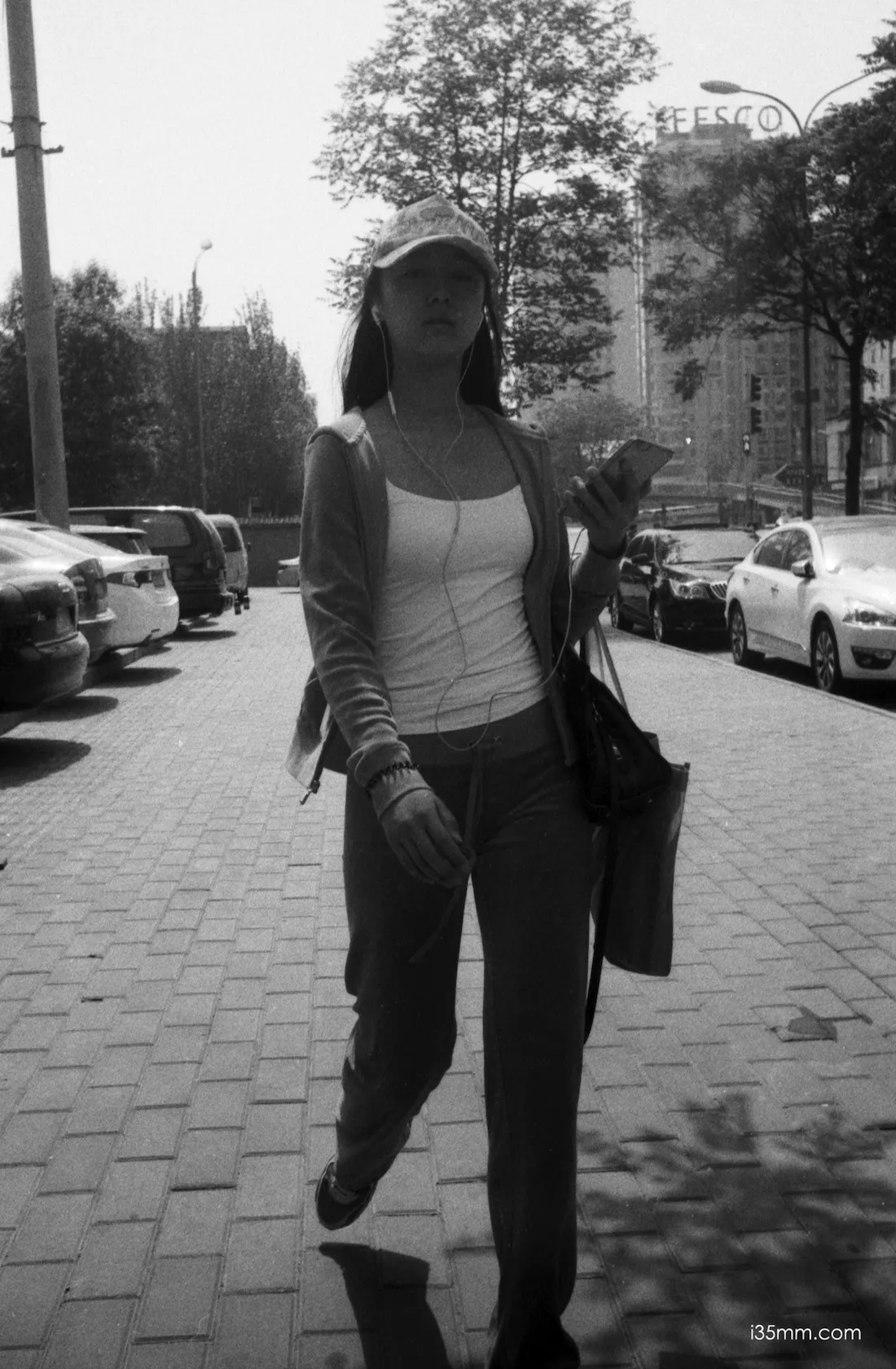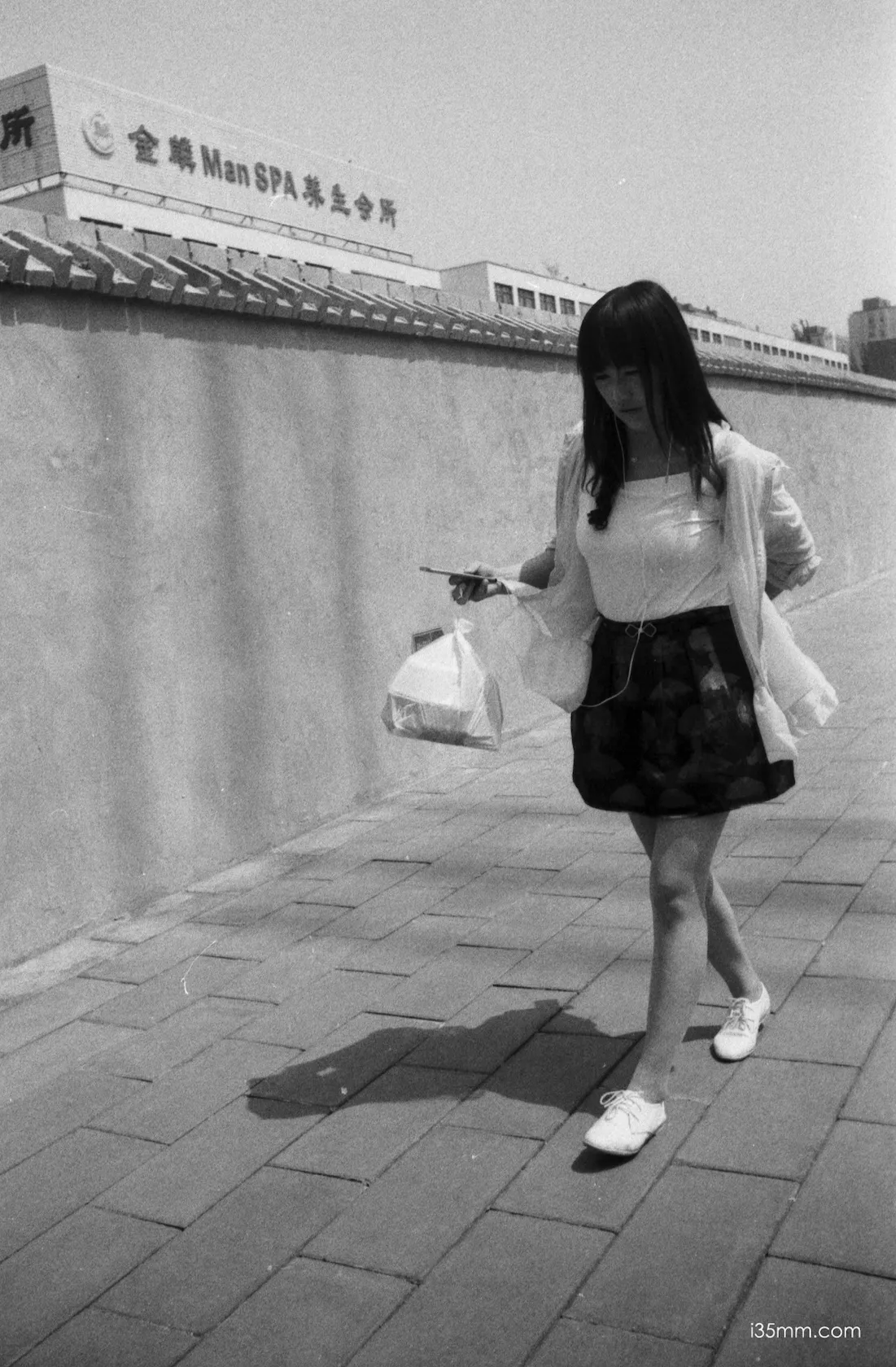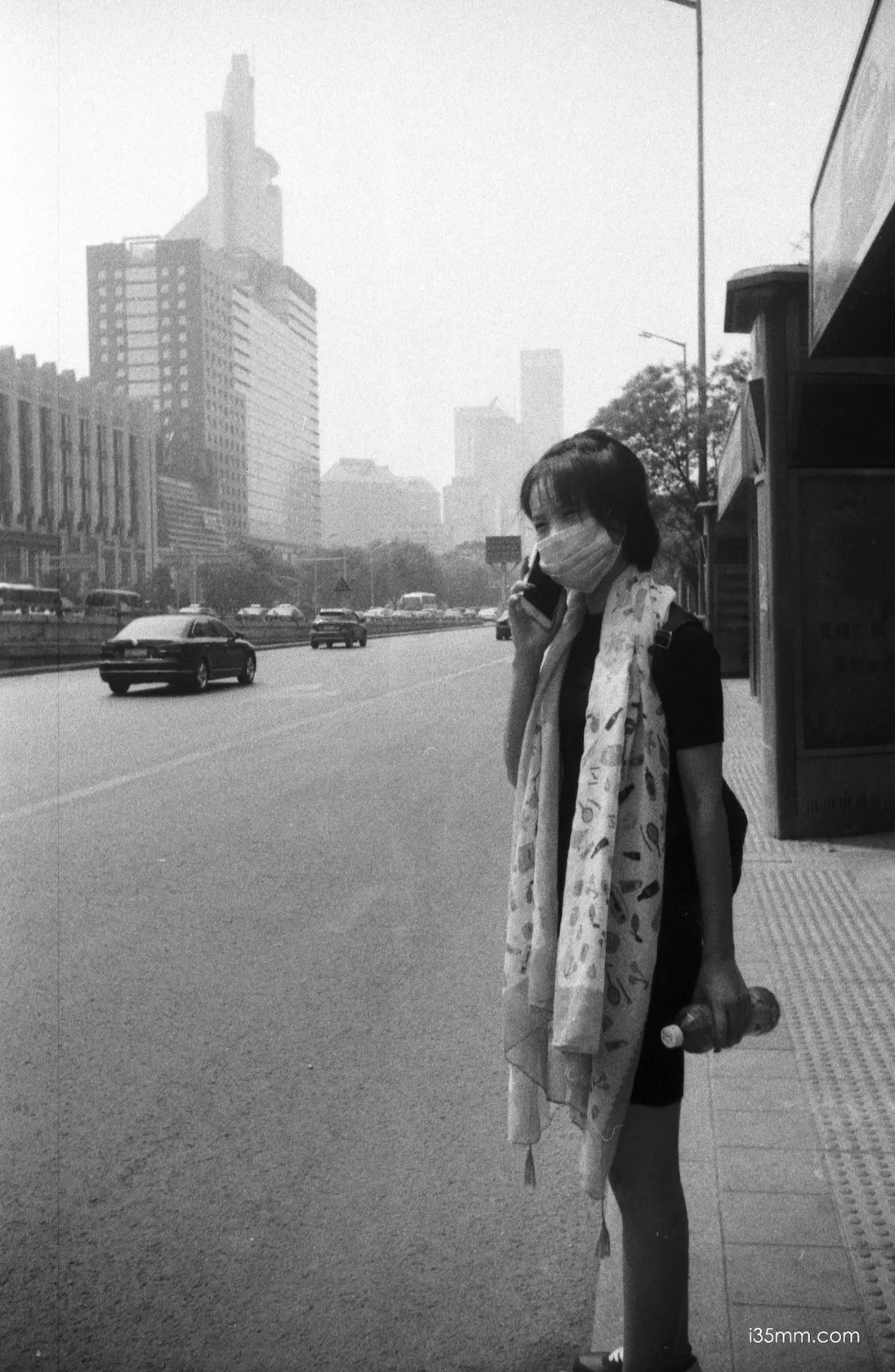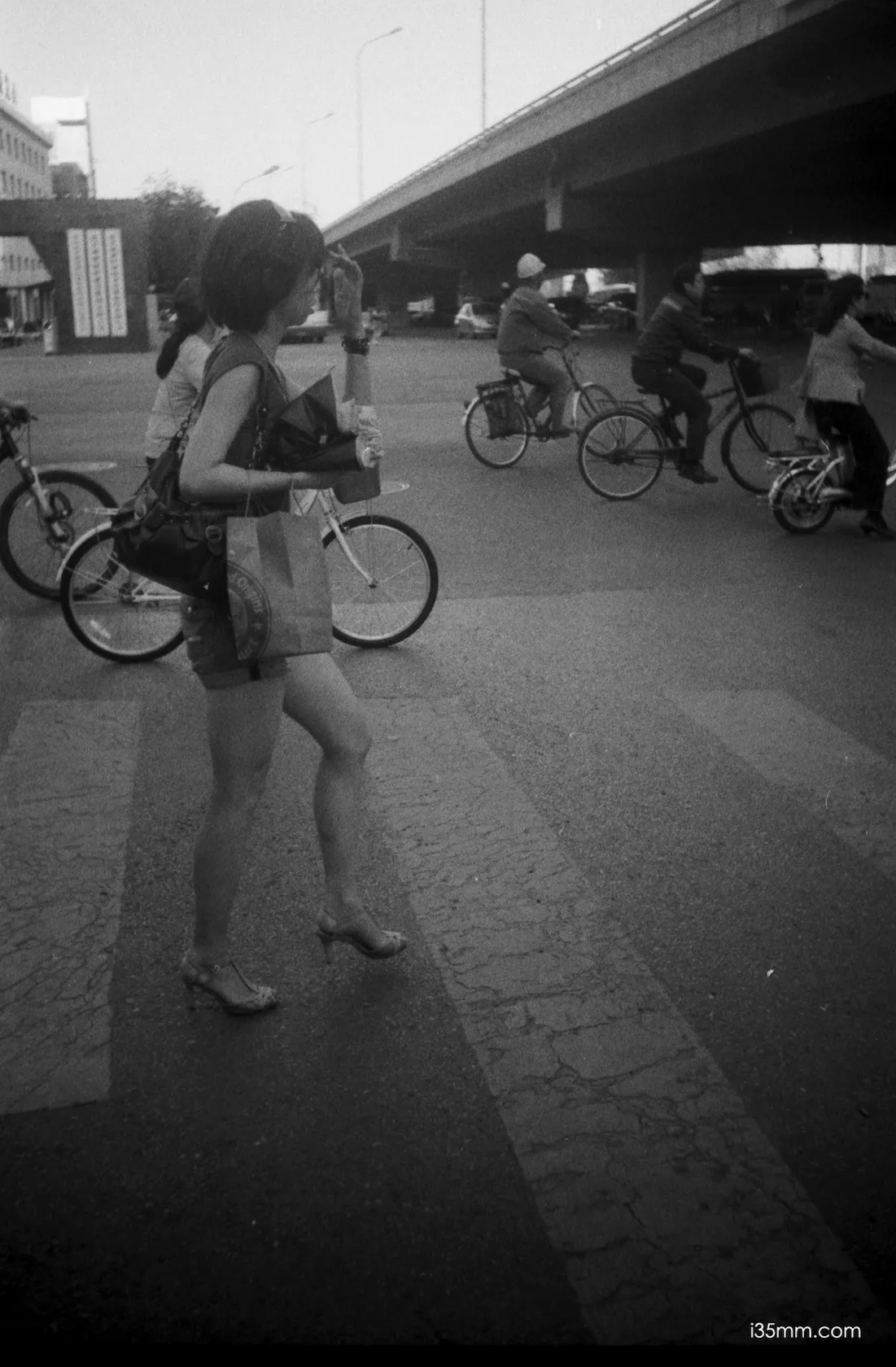The Berek Legacy
Born in 1930 under the genius of Max Berek—Leica’s founding optical shaman—the Elmar 35mm f/3.5 is a 30g brass haiku that predates WWII, color film, and the concept of “GAS.” This uncoated Tessar-design relic (1930-1960) proves great photography demands neither megapixels nor f/1.4 bravado. At 400–400–800 (well-loved), it’s a gateway drug to analog purity.





“This is Elmar.”
“This is cookie.”
“This is a Cookie Elmar.”
“You may think I’m small, but I have a big world inside me.”
Design
- Pocket Alchemy
- Dimensions: 35mm x 25mm—smaller than a Zippo lighter
- Weight: 30g (1oz)—lighter than a roll of Tri-X
- Aesthetic: Nickel-plated brass aging like a Tang dynasty coin
- Ergonomic Sorcery
- Focus Throw: 120° from 1m to ∞—street shooter’s tai chi
- Aperture Click: 10-blade iris singing pre-war engineering hymns
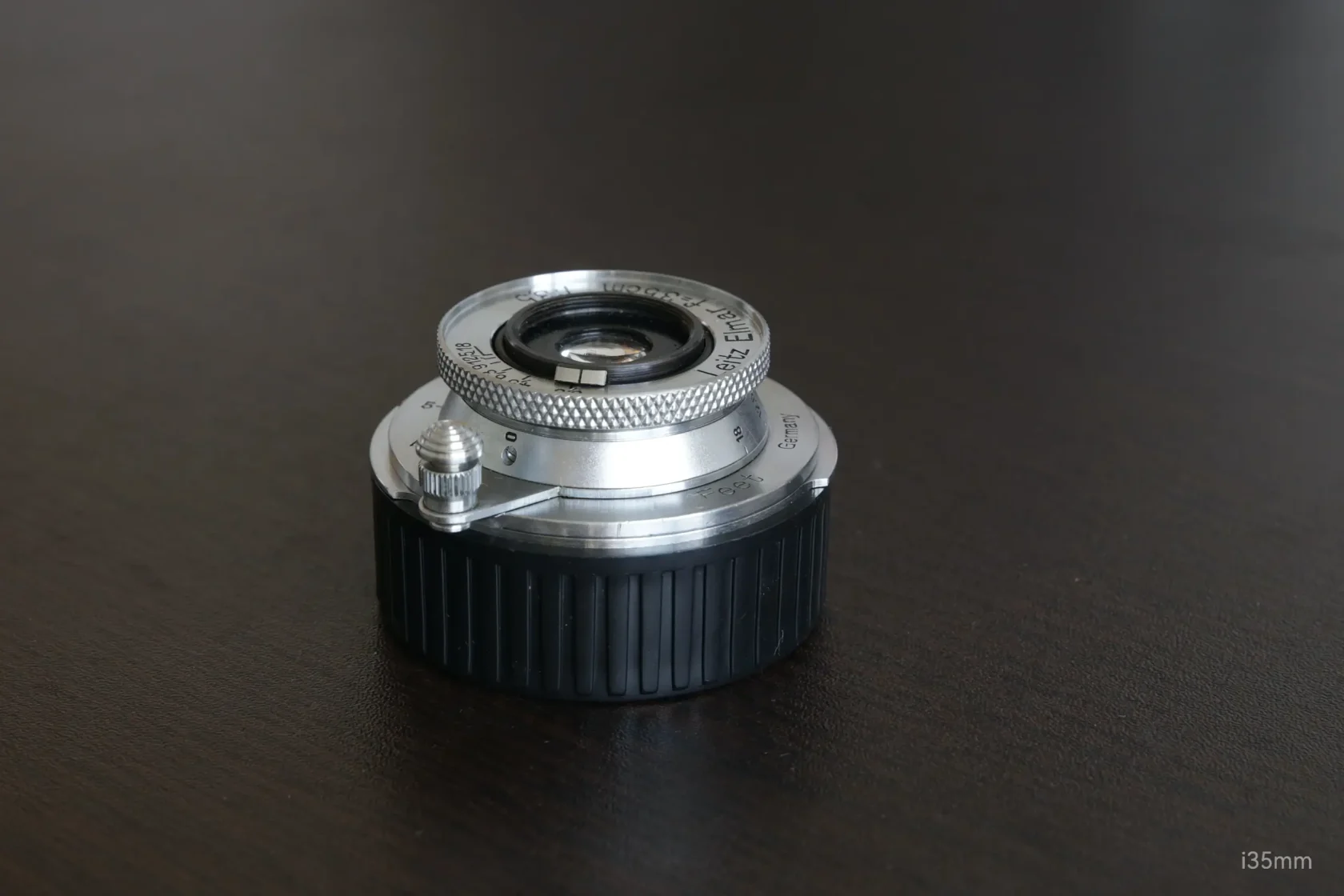
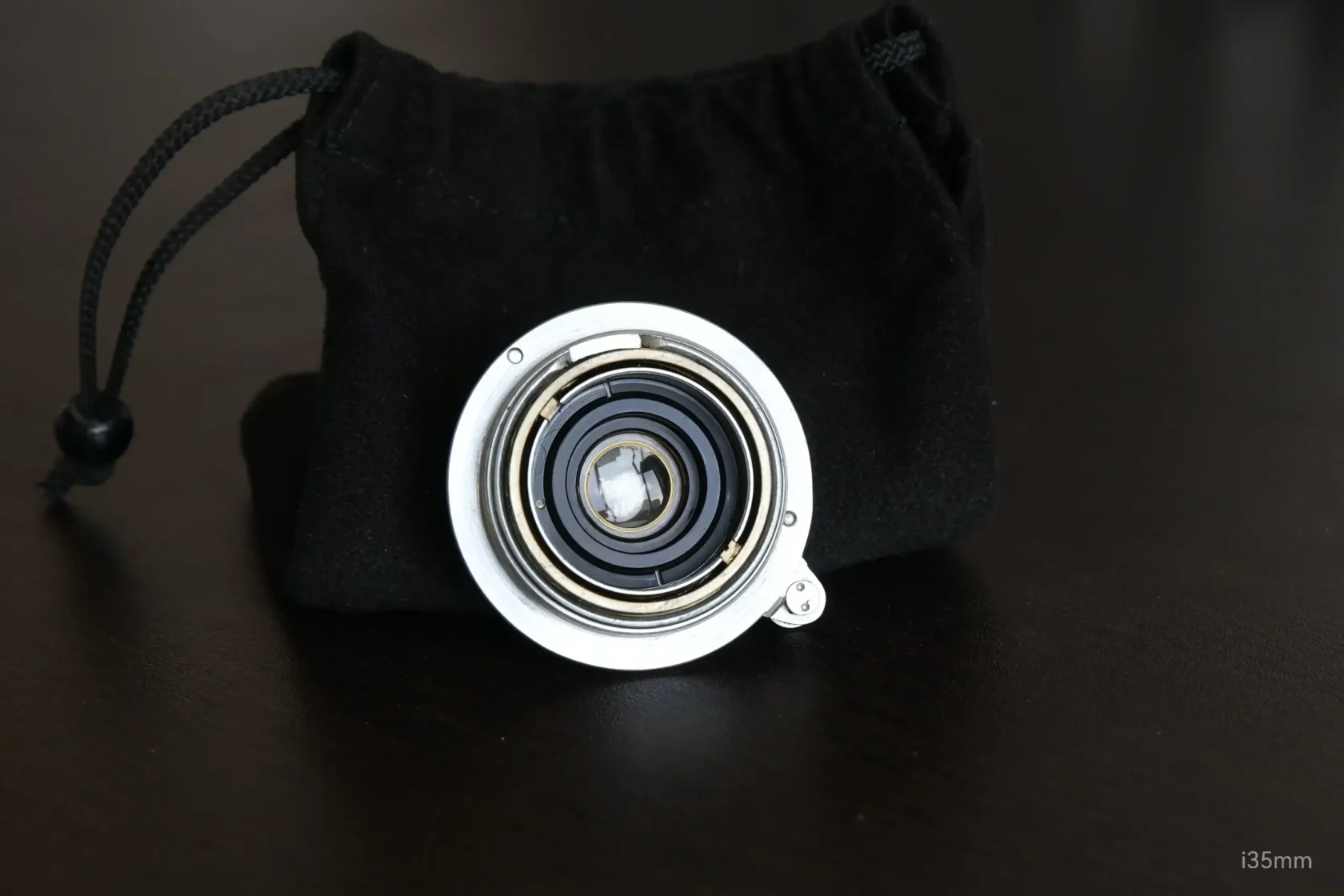
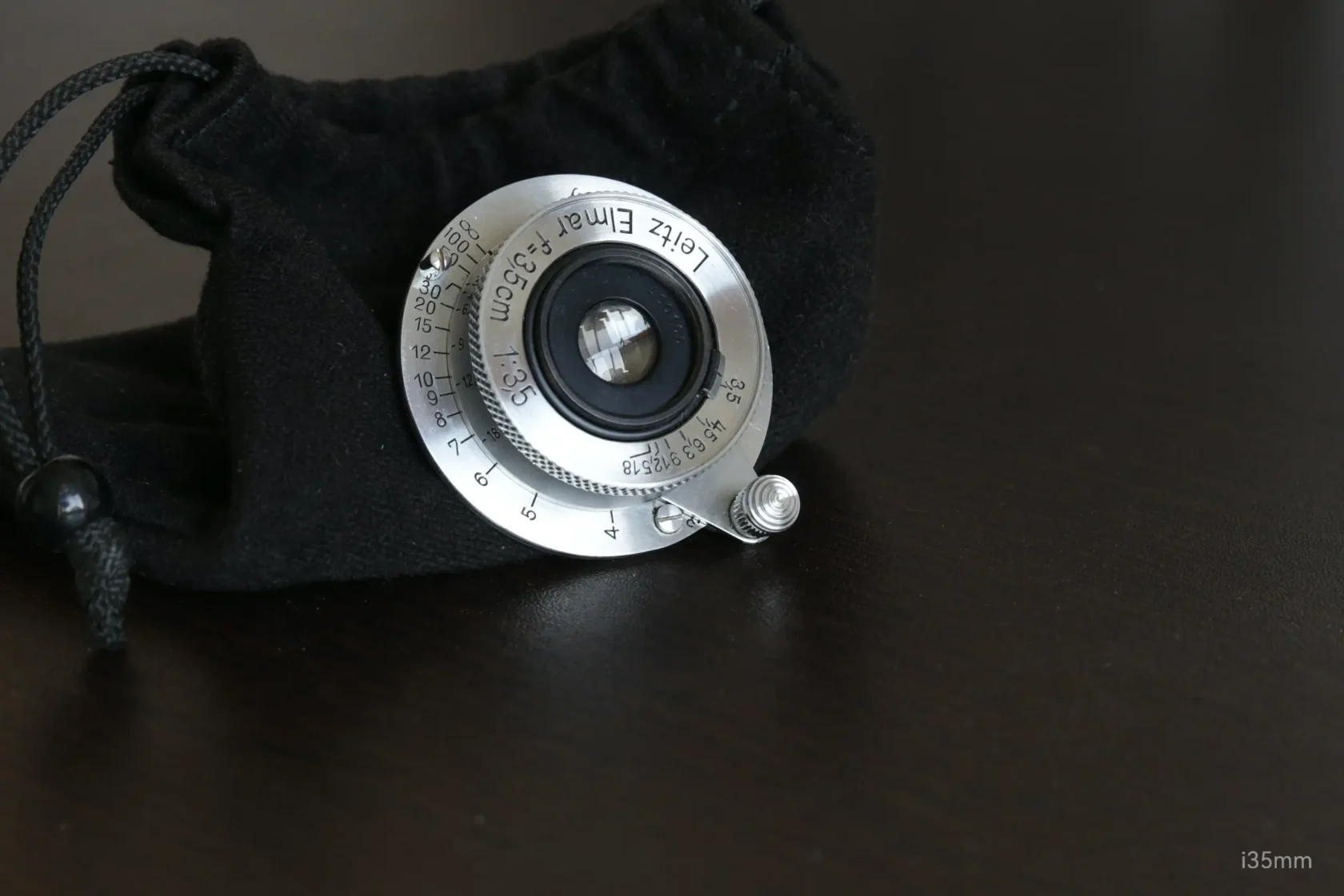
Optical Scripture
- Sharpness Paradox
- f/3.5 Reality: Center sharpness cuts Tri-X like a calligrapher’s knife (40 lp/mm)
- Stopped-Down Zen: f/8 rivals modern ASPH lenses (60 lp/mm)
- Bokeh Ballet
- Signature Swirl: Backgrounds dissolve into ink wash abstraction at 1.5m
- Film Trick: HP5+ @1600 transforms busy streets into Rothko canvases
- Flare Philosophy
- Uncoated Soul: Sunbursts bloom like lotus flowers—embrace or shield with FLQOO hood
- Digital Caution: M10 sensors reveal 1930s optical truths (magenta edges ≈ poetry)
Generational Wars
| Aspect | Elmar 35mm f/3.5 | Summaron 35mm f/3.5 |
|---|---|---|
| Glass Origin | Schott OG magic | Leica’s rebellious clone |
| Character | Li Bai’s drunken poetry | Du Fu’s disciplined verse |
| Size | Thumbnail art | Pocket boulder |
| Price (2025) | 400–400–800 | 600–600–1,200 |
| Soul | Silent film star | 1950s noir |
The Analog Creed
Why shoot f/3.5 in 2025?
- Forced Discipline: Sunny-16 becomes religious ritual
- Stealth Mastery: Smaller than a smartphone—shoot without becoming “photographer guy”
- Historical Dialogue: Channel Cartier-Bresson’s 1933 Visits
Who Should Worship This Relic?
✓ Street Haiku Masters: Who measure life in zone focus distances
✓ Film Purists: Developing with expired D-76 as meditation
✓ Leica Minimalists: Building “one body, one lens” enlightenment
Avoid If: You shoot weddings or fear ISO 6400 grain.
Final Verdict: The Humble Prophet
The Elmar 35mm f/3.5 is wabi-sabi optics—a $500 lesson in photographic humility. For the price of a premium filter, you gain:
- 90% vintage magic + 10% modern practicality
- Proof that creativity thrives under constraints
- Permission to fail gloriously

Rating: ⭐⭐⭐⭐/5 (for poets) | ⭐⭐/5 (for pixel peepers)
A lens that whispers: ‘Great photos are felt, not measured.’
Pro Tips:
- Yellow Filter Fix: Permanently glue one on—it’s the lens’ sunscreen
- Zone Focus Hack: Paint 2m mark with red nail polish
- CLA Ritual: Send to Japan’s Shintaro for Berek-style resurrection
Brass whispers of war,
Thirty-five millimeters—
Light bends to old ways.

